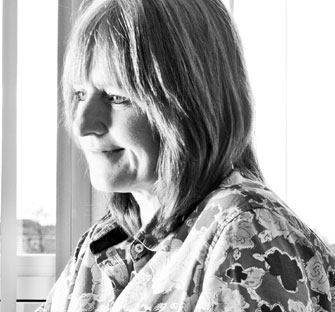
So, as well as enjoying deteriorating eyesight, expanding waistlines and an increased tendency to shout at the television, those of us on the wrong side of 40 are apparently also more likely to miss out on supermarket bargains than our more sprightly associates.
New research conducted by Bangor University and SBXL employed medical MRI scanners to analyse brain activity as shoppers navigated their way through a simulated shopping trip.
The results indicate that shoppers in their 20s and 30s are significantly more adept at calculating value for money when faced with a wide range of promotions and special offers. The over-40s on the other hand, were slower to process this huge amount of information, and made choices that were based on instinct or guesswork rather than rational calculation.
It’s a fascinating study, and another example of the application of more and more sophisticated scientific methods to get inside the heads of consumers, and enable brands and retailers to gain that elusive competitive edge.
Indeed, Phillip Adcock, SBXL’s Managing Director estimates from the study that supermarkets are consistently giving away 23% more margin than they need to.
Powerful stuff… it really is incredibly seductive to think that, with the right amount of data we can take the guesswork out of our marketing.
But as with all the amazing advances we’ve seen in research methodology over the years, it doesn’t deliver the whole picture. Why? Well, because human nature and behaviour is never that easy to categorise, define and predict.
And wouldn’t life (and our day jobs) be boring if it were?
The best we can do is look at all the tools we have available to us – from online analysis of social media chatter to traditional quant surveys to eye tracking to ethnographics – and make an informed choice on what’s needed to suit our specific needs at any one time.
But as a qualitative researcher, I feel strongly that there is no substitute for actually talking to real human beings as a part of that process.
Well, of course I would say that, wouldn’t I?
But as yet, I know of no computer that can read emotions as well as someone having a conversation with another person in the same physical space.
Of course, people don’t always tell the truth about their behaviour to researchers or anyone else. But emotional truth is a different thing to rational, behavioural truth. And it’s emotional truth that is the foundation of brand differentiation. If that’s not there, then what you have is a commodity.
So in a way I’m pleased and reassured that the latest brain scanner research shows that we over-40s are behaving less rationally and more emotionally in making purchasing choices. It means there’s still room for the oldest research methodology in the book: sitting down and having a conversation.





